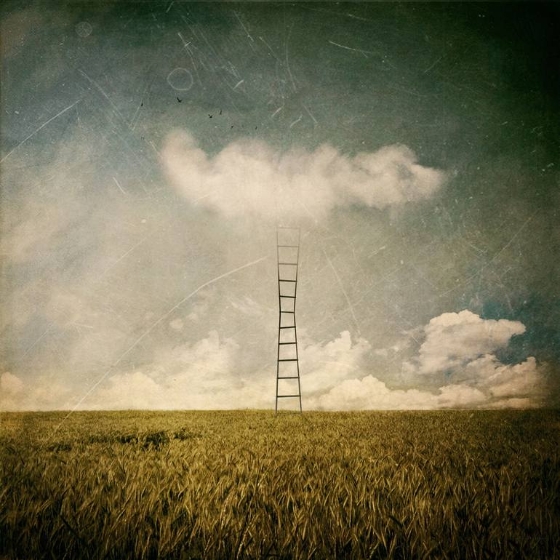 Michael Stipe photographed by Anton Corbijn, 1992
Michael Stipe photographed by Anton Corbijn, 1992
 Photo by Jean-Marc Lubrano, 2004
Photo by Jean-Marc Lubrano, 2004
 Image from R.E.M.: HELLO (2008), by David Belisle
Image from R.E.M.: HELLO (2008), by David Belisle
“Nightswimming deserves a quiet night
The photograph on the dashboard taken years ago,
turned around backwards so the windshield shows.
Every street light reveals a picture in reverse
Still it’s so much clearer
I forgot my shirt at the water’s edge
The moon is low tonight
Nightswimming deserves a quiet night
I’m not sure all these people understand
It’s not like years ago
The fear of getting caught
The recklessness in water
They cannot see me naked
These things they go away
Replaced by every day
Nightswimming,
remembering that night
September’s coming soon
I’m pining for the moon
And what if there were two
Side by side in orbit around the fairest sun?
The bright tide forever drawn
Could not describe nightswimming
You, I thought I knew you
You, I cannot judge
You, I thought you knew me
This one laughing quietly
Underneath my breath
Nightswimming
The photograph reflects
Every street light a reminder
Nightswimming
Deserves a quiet night
Deserves a quiet night”
Nightswimming is a song by the American alternative rock band R.E.M. It was released in 1993 as the fifth single from the group’s eighth album Automatic for the People (1992). Nightswimming is a ballad featuring singer Michael Stipe accompanied only by bassist Mike Mills on piano, a string arrangement by former Led Zeppelin bassist John Paul Jones, and a prominent oboe by Deborah Workman in the latter part of the piece. Stipe sings about a group of friends who go skinny dipping at night, which draws from similar experiences in the band’s early days.
Bassist Mike Mills recalled he was playing a piano riff at John Keane‘s studio in the band’s hometown of Athens, Georgia. While Mills almost discarded the melody, it attracted the interest of singer Michael Stipe. Mills said, “I never thought it would amount to much because it was just a circular thing that kept going round and round and round. But it inspired Michael.” While the song was not included on Out of Time, the demo recorded during those sessions was used for Automatic for the People, with a string arrangement by John Paul Jones added to the track. Mills has also claimed he recorded the piano part at Criteria Studios in Miami, on the same piano used by Derek and the Dominos on the recording of Layla.
The inspiration for the song has been debated by the band members. Stipe, in a 2001 Esquire article, clarified the true origin of the song. “A few years ago, I wanted to write a song about night watchmen, so I hired one to guard the R.E.M. offices in Athens. I bought him a uniform and a flashlight and everything. He turned out to be kind of crazy and called me up in the middle of the night to tell me dirty stories about the Kennedys. I wrote the song about him, but he was so paranoid he said he was going to sue me, so I changed the lyric from Night watchman to Nightswimming.”
Conversely in the past, Mills said, “It’s based on true events”, explaining that in the early 1980s R.E.M. and its circle of friends would go skinny dipping after the Athens clubs closed at night. “We’d go to parties, we’d go to the clubs and we’d go to the Ball Pump, and there would be any number of these same 50 people, so it was a very tight circle of friends.” Peter Buck holds a similar interpretation. However, Stipe has denied that that is the topic of the song; rather, Stipe says the song is about a “kind of an innocence that’s either kind of desperately clung onto or obviously lost.” Stipe said there are autobiographical elements to the song, but insists most of it is “made up.”
To listen to this song, please take a gander at The Genealogy of Style’s Facebook page: https://www.facebook.com/pages/The-Genealogy-of-Style/597542157001228?ref=hl










































